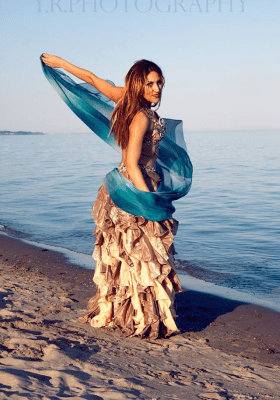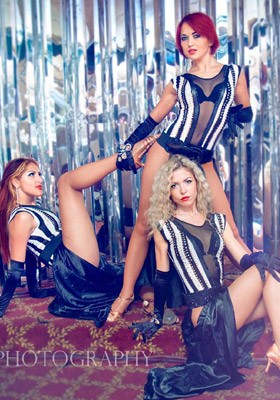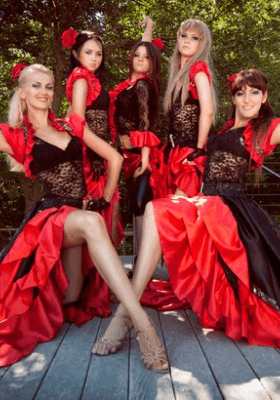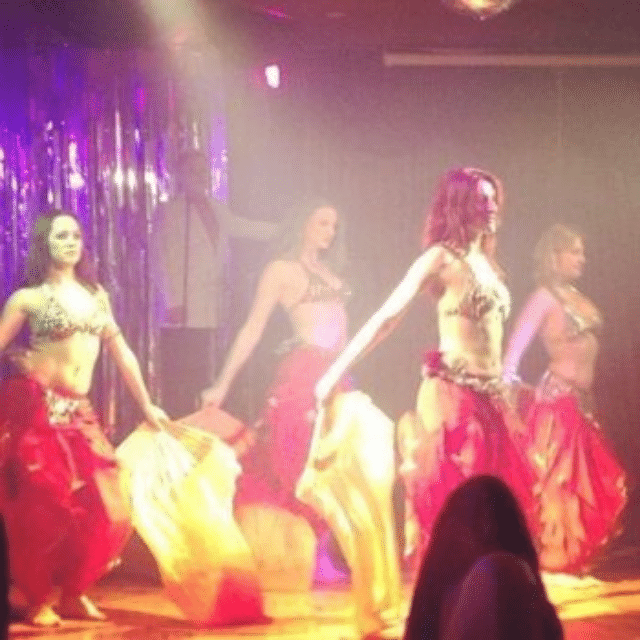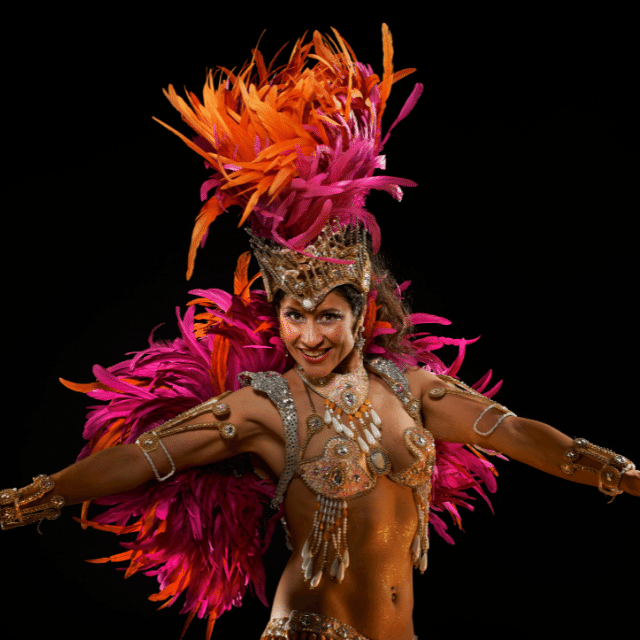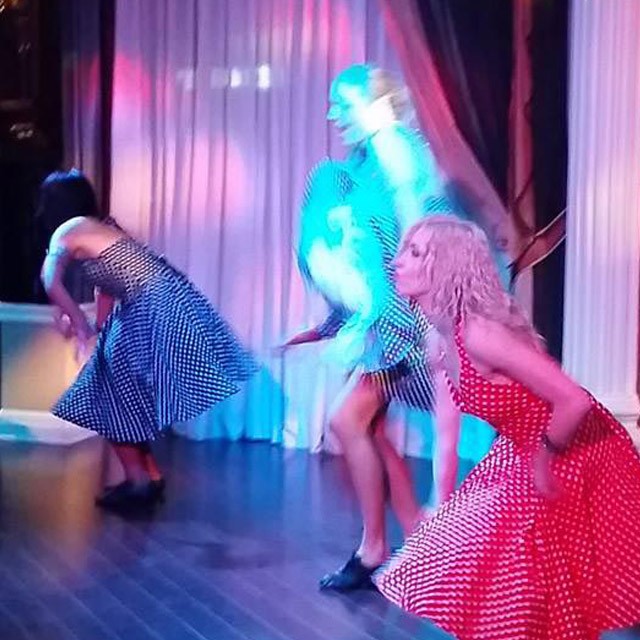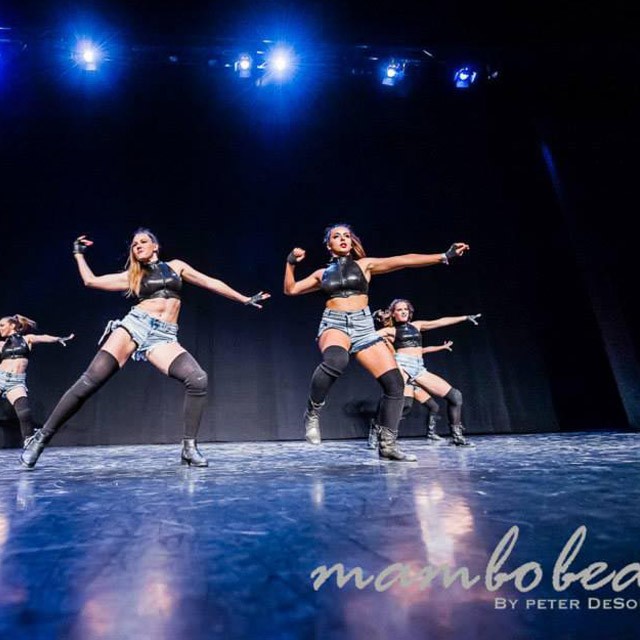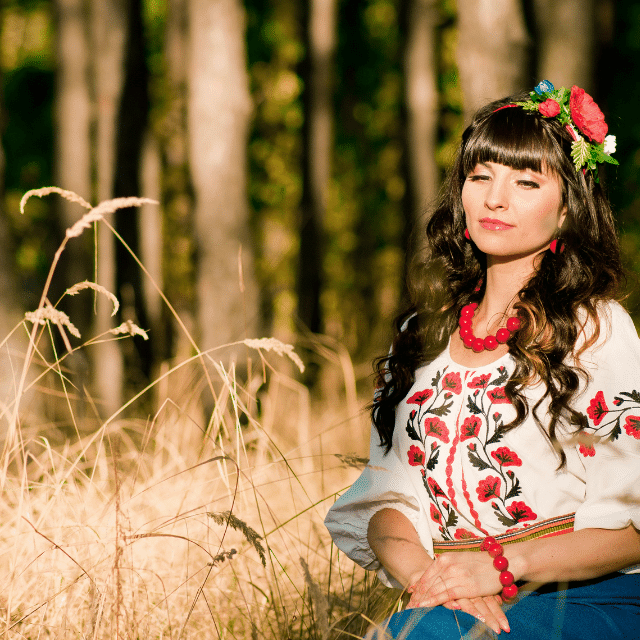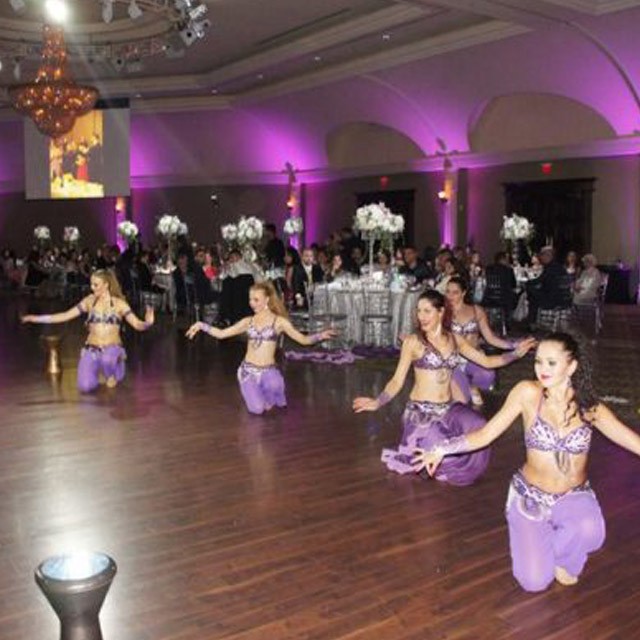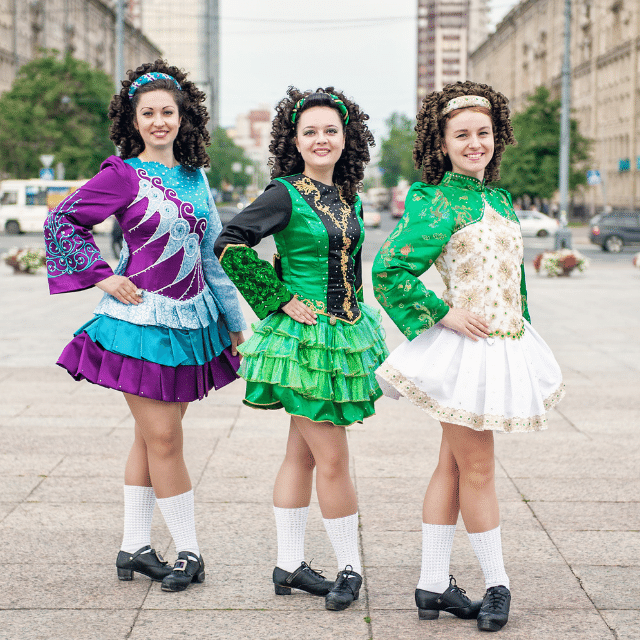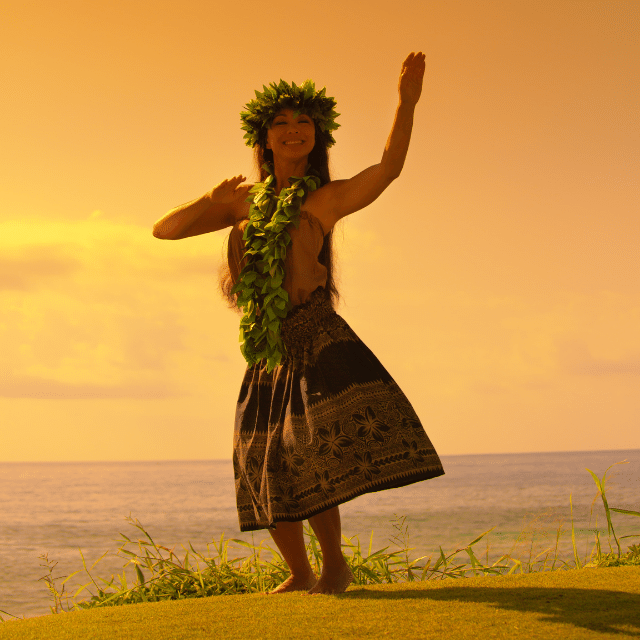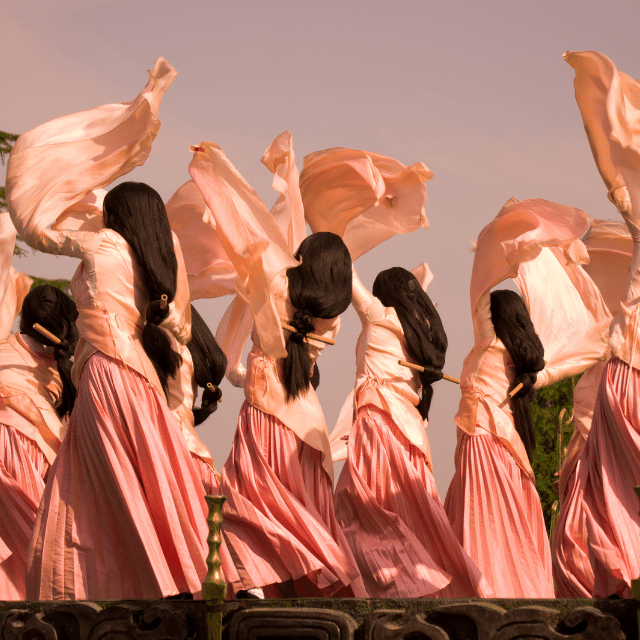What is the meaning of folk dancers?
Folk dancers are people who perform traditional or folk dances. These dances often have cultural or historical significance and are typically passed down through generations within a community or group of people. Folk dances can vary widely depending on where they originate and may include elements such as specific musical instruments, costumes, and specific steps or movements. Almost all cultures have their own traditional music and dances which are performed at events or celebrations.
What are the 10 popular folk dances?
There are many different traditional and folk dances from around the world, and what is considered "popular" can vary widely. Here are ten examples of well-known folk dances from different regions of the world:
Bhangra: a lively dance from the Punjab region of India and Pakistan, typically performed to upbeat Punjabi music.
Hula: a traditional dance from Hawaii that is often accompanied by songs or chants in the Hawaiian language.
Salsa: a popular dance from Cuba that has evolved to include a variety of styles.
Tango: a passionate dance from Argentina that originated in the late 19th century and is typically danced by a couple.
Square Dance: a dance from the United States that is typically performed to country or folk music by groups of four couples.
Belly Dance: a dance style that originated in the Middle East and is typically performed by women, characterized by the fluid, undulating movement of the abdomen and hips.
Flamenco: a dance from Spain that has passionate, intense movements and is accompanied by guitar and singing.
Jig: a cultural dance from Ireland, the Irish Jig is typically performed to Celtic music and characterized by quick, lively moves.
Sirtaki: this dance from Greece is performed by dancers in a line, making a chain of people. The tempo of this dance starts out slow but gets increasingly rapid.
Kuratsa: this traditional Filipino dance has various versions depending on the part of the country but follows a moderate waltz style.
Please note that this list of folk dances only contains a few of the many beautiful, creative folk dances from many countries around the globe and does not state if the dance has a formal or informal designation.
What is folk dancing called?
Folk dancing is called various names depending on the region or people you are talking about, and folk dance means many different things to many different people. The name used also depends on whether the dance has a formal or informal designation. Informal dances are often referred to as traditional dancing, ethnic dancing, or rural dancing. A national dance generally has a more formal designation as it is performed to represent the heritage of a specific country or nation. Generally, nations officially recognize national dances as part of their rich cultural heritage.
Why is folk dance important?
Folk dance is important as it is a wonderful way to preserve and promote the cultural heritage of a community or group of people. These dances have deep historical and cultural significance and are a way to connect with the past and understand the traditions and customs of a particular people.
Folk dance is also great for promoting social cohesion and bringing people together, fostering a sense of togetherness and shared identity. It can also be used as a tool for education and cultural diplomacy, helping to improve cross-cultural understanding and promote peace and harmony between different communities. Folk dance is also an enjoyable form of physical activity and can be used to promote tourism and showcase the cultural heritage of a region or country.
What is ethnic dance?
Ethnic dance is usually a dance associated with a particular culture or community of people. It is a form of traditional or folk dance that is passed down through generations and often has deep cultural or historical significance. Ethnic dances generally have specific music, costumes and dance steps or moves.
Ethnic dances are often rooted in the traditional customs and practices of a specific ethnic group and can include both ancient and contemporary styles. They often reflect the daily life, customs and rituals of a specific community. They can also be used as a form of storytelling, as many ethnic dances have symbolic meaning and can tell stories about the culture's history, beliefs and traditions. They are a wonderful way to preserve and promote cultural heritage.
